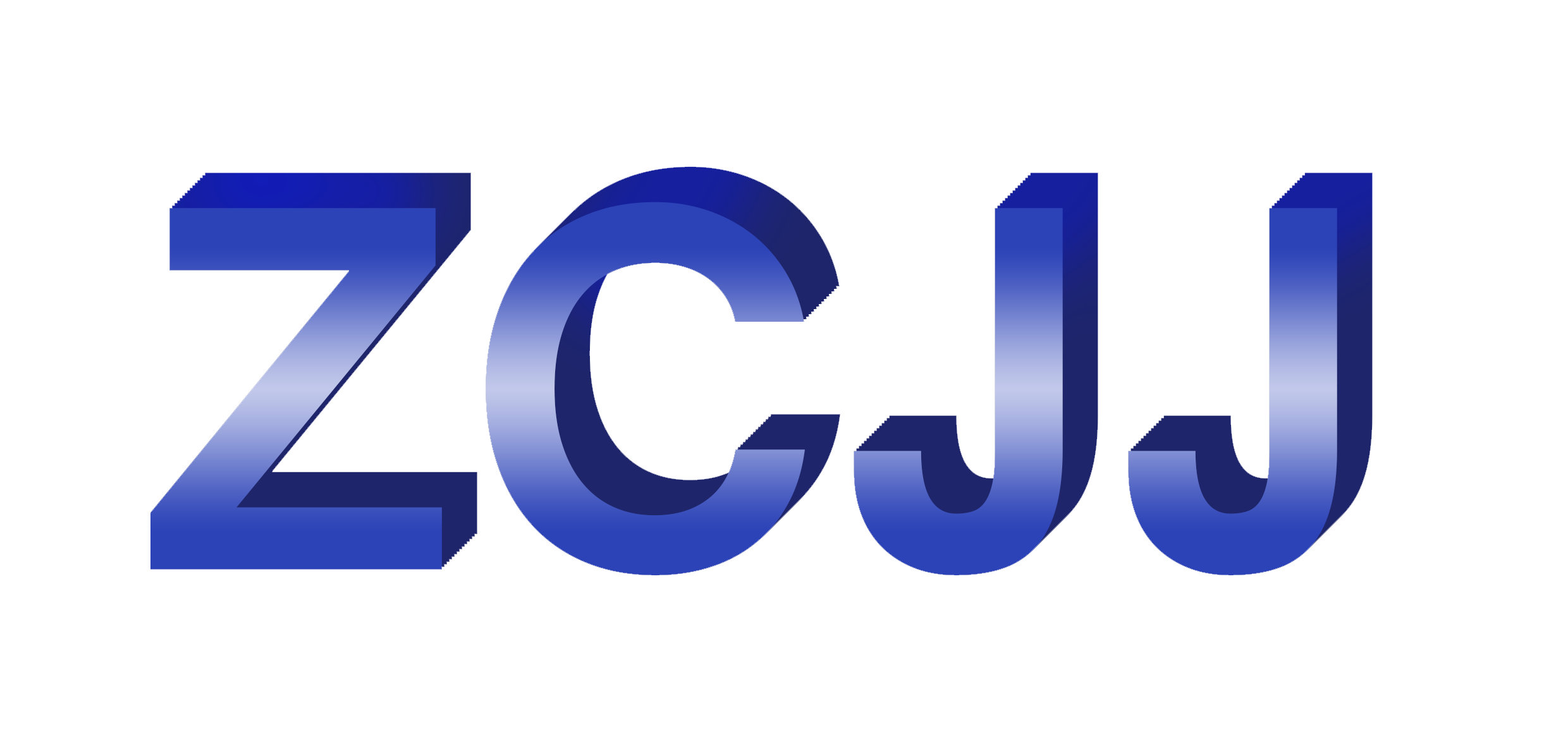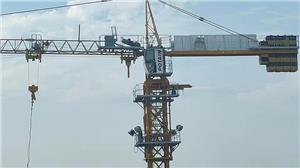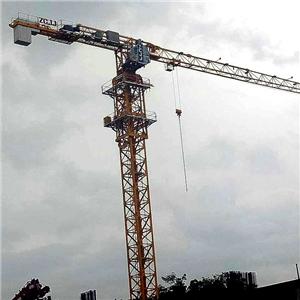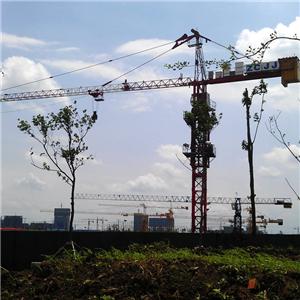Type of tower crane overload limiter and safety technical requirements
The overloading operation of the tower crane will produce excessive stress. It can cause the cable cable to break, the transmission parts to be damaged, and the motor to be burned. Due to the relatively insufficient braking moment, braking failure will result. Overloading is very harmful to the structure of the tower crane, which will not only cause the deflection of the main beam of the tower crane, but also cause instability, cracks or weld welds on the upper cover and ventral plate of the main beam, and will cause the tower crane frame or the tower body. Break and other major accidents. Due to the overload of the overall stability of the tower crane, it is possible that the tower crane collapse and other vicious accidents.
Bridge tower hoists with a rated weight greater than 20 T, door tower hoists, loading and unloading bridges, railway tower hoists, and gate tower hoists larger than 10 T should be equipped with overload limiters according to the provisions of GB6067-85 Safety Regulations for Tower hoisting. Rated gravity moment less than 250 KN? M lifting towers and lifting equipment such as lifts and electric gourds should also be equipped with overload limiters as required by the user.
(I) Type of overload limiter
1. The overload protection device can be divided into automatic stop type, alarm type and comprehensive type according to its function.
Automatic Stop Type: The overload limiter can stop the tower crane from continuing in an unsafe direction when the lifting weight exceeds the rated lifting weight, while allowing the tower crane to move in a safe direction. The safety direction refers to the drop of the suspension, the contraction of the arm frame, the reduction of the amplitude, and the combination of these actions. The automatic stop type is generally a mechanical overload limiter, which is mostly used for tower lifting.
Alarm type: The overload limiter can display the weight and can send out the sound and light signal of the alarm when the weight reaches 95 % to 100 % of the rated weight.
Comprehensive: The overload limiter can send out an alarm sound and light signal when the tower crane reaches 95 % to 100 % of the rated lifting weight. When the lifting weight exceeds the rated lifting weight, it can stop the tower crane from continuing in an unsafe direction.
2. The overload limiter can be divided into three types: mechanical, hydraulic and electronic. Mechanical overload limiters have levers and tactics.
The overload protection device is designed to take into account the impact of the outstanding load of the starting machine. In the case of lifting, braking, and vibration, the speed change will produce an additional load, and the lifting load Changda rated load 110 % ~ 130 %. Dynamic loading is an inherent dynamic phenomenon in lifting operation, and is a characteristic of Tower lifting operation. Therefore, the overload protection device has designed a delay circuit based on this characteristic, so that it has the ability to judge and handle this false load. It also prevents the actual load from exceeding the specified value and does not cause accidental actions.
(II) Technical requirements for the safety of overload limiters
The comprehensive error of mechanical overload limiter should not be more than 8 %, and that of electronic overload limiter should not be more than 5 %.
When the load reaches 90 % of the rated weight, an indicative alarm signal should be issued.
3 After the tower crane is equipped with an overloaded limiter, it should be adjusted or calibrated according to its performance and accuracy. When the lifting weight exceeds the rated lifting weight, it can automatically cut off the lifting power source and issue a prohibitive alarm signal.
4 Bridge frame type tower hanging, railway tower hanging, door tower hanging, should be equipped with overload limiter; Tower hoists, lifts and electric gourds can also be installed according to actual needs.
Characteristics of Construction Machinery in the Grinding Period and Its Use and Maintenance
[ Key words: Tower Hang Construction Machinery Publication Date: 2012-05-06 09:24:38]
After a construction machine such as a tower crane is delivered, it is generally stipulated that there will be a grinding period of about 60 hours(some are called a running period). This is stipulated by the manufacturing factory according to the technical characteristics of the initial use of the construction machinery. The grinding period is an important link to ensure the normal operation of the construction machinery, reduce the failure rate and extend its service life.
However, some users ignore the special technical requirements of the new machine grinding period due to the lack of common knowledge about the use of construction machinery either because of the tight schedule or because they want to gain revenue as soon as possible. Some users even think that anyway, the manufacturer has a contract repair period. The machine is broken and the manufacturer is responsible for maintenance. Therefore, the machine is overloaded for a long time during the grinding period, resulting in frequent early faults of the machine, which not only affects the normal use of the machine. Shorten the service life of the machine, but also because of machine damage, affecting the progress of the project.
Therefore, the use and maintenance of construction machinery should be paid full attention to. Below, the following analysis is made on the characteristics, use and maintenance of the construction machinery during the grinding period.
The characteristics of the construction machinery during the grinding period
1. Fast wear
Due to the influence of factors such as processing, assembling and adjusting of new machine parts, the friction surface is rough, the contact area of the joint surface is small, and the surface pressure is uneven. During the operation of the machine, the concave and convex parts of the part surface are interwoven with each other, and the ground metal debris is used as an abrasive to continue to participate in friction and accelerate the wear of the part's surface. Therefore, it is easy to cause the parts(especially the surface) wear during the grinding period, wear fast. At this time, if overworked, it may cause damage to the parts and early failure.
2. Poor lubrication
Due to the small gap of the newly assembled parts, and due to assembly and other reasons, it is difficult to ensure the uniformity of the gap, and the lubricant(grease) is not easy to form a uniform oil film on the friction surface to prevent wear. Thus, the lubrication efficiency is reduced, resulting in abnormal early wear of the parts. When serious, it will cause the friction surface scratch or bite phenomenon of precise cooperation, leading to the occurrence of failure.
3. Relaxation occurs
Parts and components of the new processing and assembly have deviations in geometry and size. In the early stages of use, they are affected by alternating loads such as impact and vibration, as well as by heat and deformation, and wear and tear is too fast. It is easy to loosen the original fastened parts.
R16A Bases Fixing Angle




